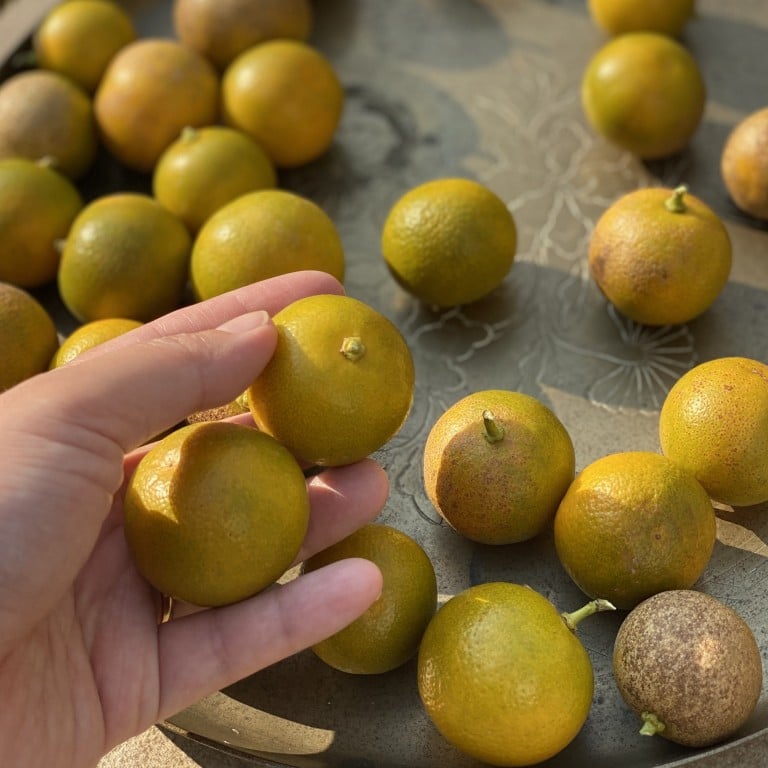
What is a kumquat? Seen everywhere at Lunar New Year, the citrus fruit is tiny, orange, and a favourite ingredient of fine-dining chefs
- The humble kumquat, a common sight during the Lunar New Year holiday, is more than a symbol of prosperity; the citrus fruit is used in preserves and fine dining
- In Hong Kong, one chef describes the appeal of kumquats as being ‘their versatility when applied to cooking’. The key, he says, is to cook them ‘low and slow’
The kumquat, the smallest fruit in the citrus family, is a common sight during Lunar New Year, thanks in part to its resemblance to a small gold nugget.
The word “kumquat” is loosely based on the Cantonese characters for gum (“gold”) and gat (“orange” – the fruit, rather than the colour). These tiny “golden oranges” have thin, edible skin and a higher proportion of membrane and pulp than other citrus fruits.
When ripe, the kumquat is generally sweet, but there are tart varieties. While kumquats are often spherical (most commonly Citrus japonica, a popular hybrid), some species are egg-shaped (Citrus margarita, one of the pure species) or even bell-shaped.

While enjoyed fresh during their peak season, autumn and winter, they are often candied or aged in salt – the latter a popular remedy to relieve sore throats and persistent coughs, according to traditional Chinese medicine.
For Hong Kong-based preserves maker Jacqueline Ng, creator of Jam Story, kumquats have a special place in her journey as an artisanal food producer.
Lunar New Year kumquats: lucky fruit has health benefits too
In 2018, Ng submitted her kumquat and pineapple jam to the prestigious Dalemain World Marmalade Awards in Britain – a global event that sees marmalade makers from around the world come together to compete – and came away with a bronze medal.
It was all worthwhile, even if preserving kumquats is a tedious process: a 10kg (22-pound) batch of kumquats yields fewer than 30 100ml (3.4 ounce) jars, and a two-person team is needed to meticulously wash, dry, cut and deseed them and cook the jam – a soft-set jelly with translucent candied peels suspended throughout.

Ng’s connection with citrus fruit began close to home. “When I was growing up, my grandmother had a kumquat bush. I later learned that they are calamondin, a mandarin and kumquat hybrid,” she recalls.
“My granny would cure the fruits in salt all year round, but it wasn’t until after her passing that I realised I could learn to preserve them in sugar, thus beginning my jam story.”
Her grandmother also gave her an understanding of the characteristics of kumquats based on their origins.
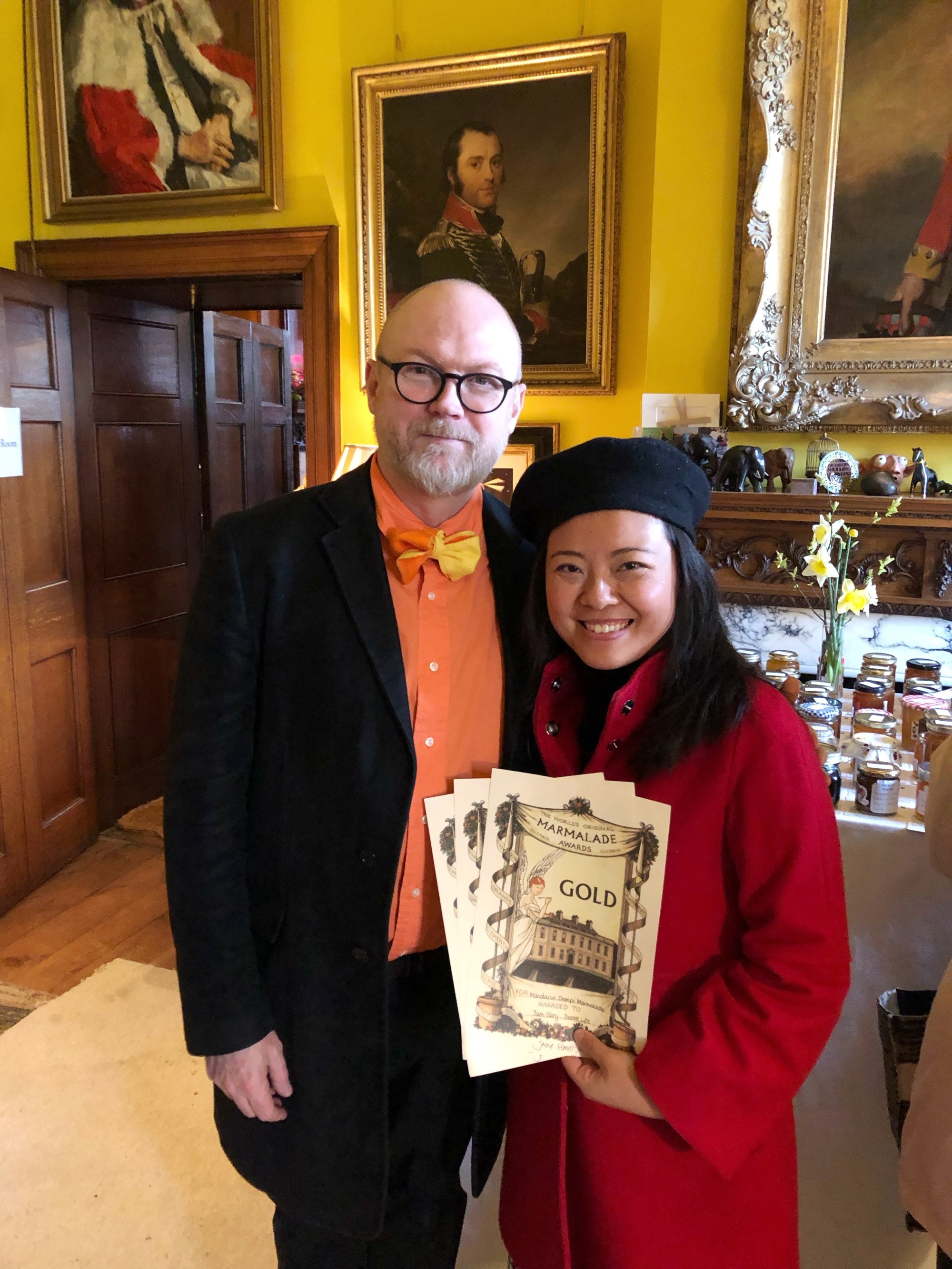
“Chinese kumquats tend to be firmer, more ‘solid’ as I’d call it. The skin is crunchier and the flesh firm,” she says. “Taiwanese kumquats have a more potent aroma. Japanese ones, kinkan as they are called, are rounder and have a more subtle sweetness.”
Chefs, too, have harnessed the qualities of kumquats in both sweet and savoury dishes.
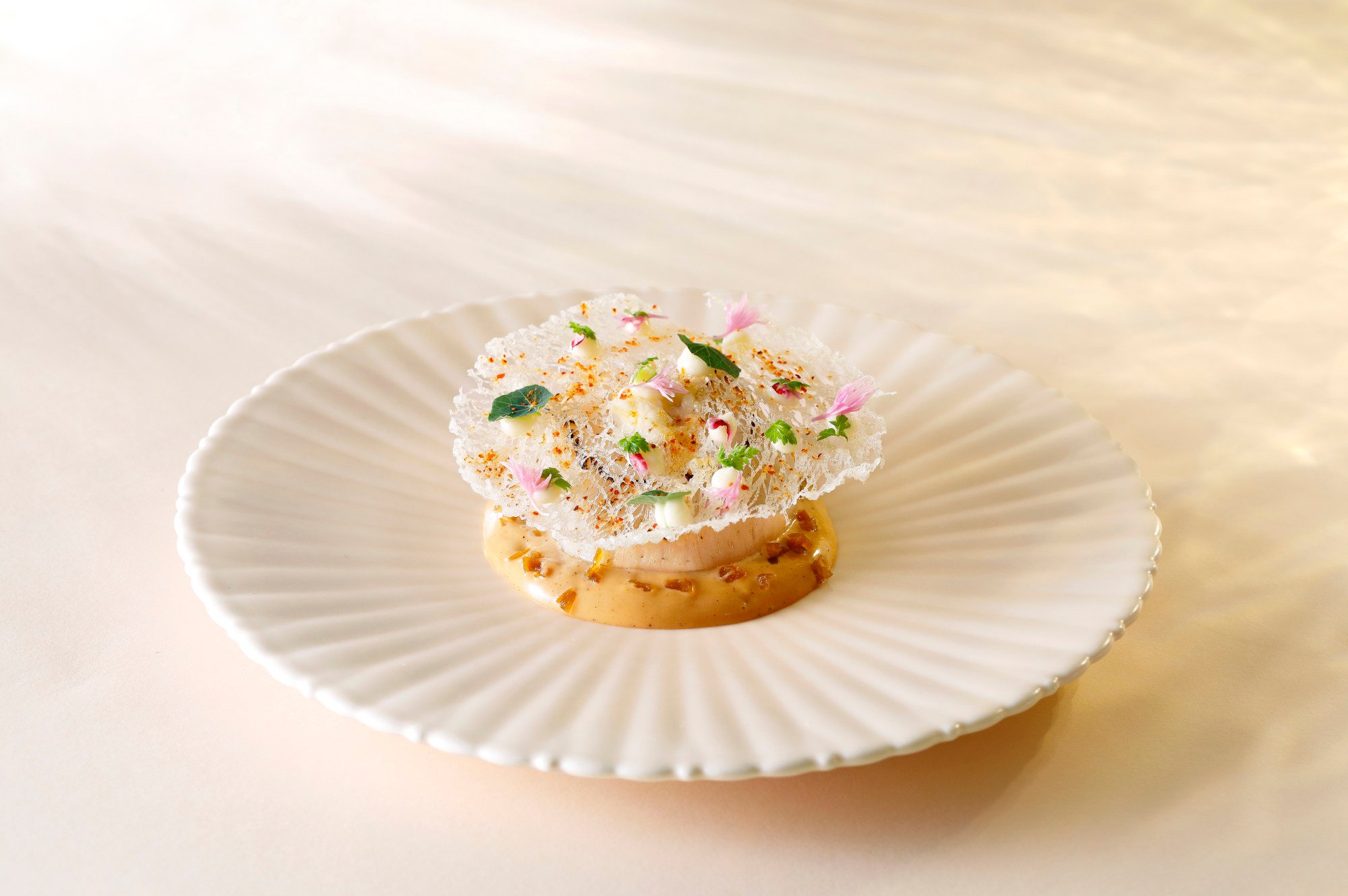
For the traditional French Grenobloise, a butter-based sauce with chopped lemons and capers, Lau replaced the lemons with aged kumquats.

Since its debut many years ago, the recipe for this kumquat Grenobloise sauce has been continuously refined; Lau has worked on improving its viscosity to better pair with the scallops.
Her latest version has transformed the kumquat-laced sauce into a buttery espuma, a light, airy foam that melts on the palate.

Li says the appeal of kumquats lies in their versatility when applied to cooking. “There is such a range of kumquats ,” says Li.
“In its different forms, from fresh to dried to salt-cured and aged, the humble kumquat presents profiles and dynamic possibilities that can both enhance a dish as well as shine as the main star.”
Li’s pavlova with fresh kumquat Chantilly cream and home-made dried-tangerine ice cream is a prime example, with the chenpi ice cream subtly enhancing a kumquat-infused Chantilly cream set within the pavlova.
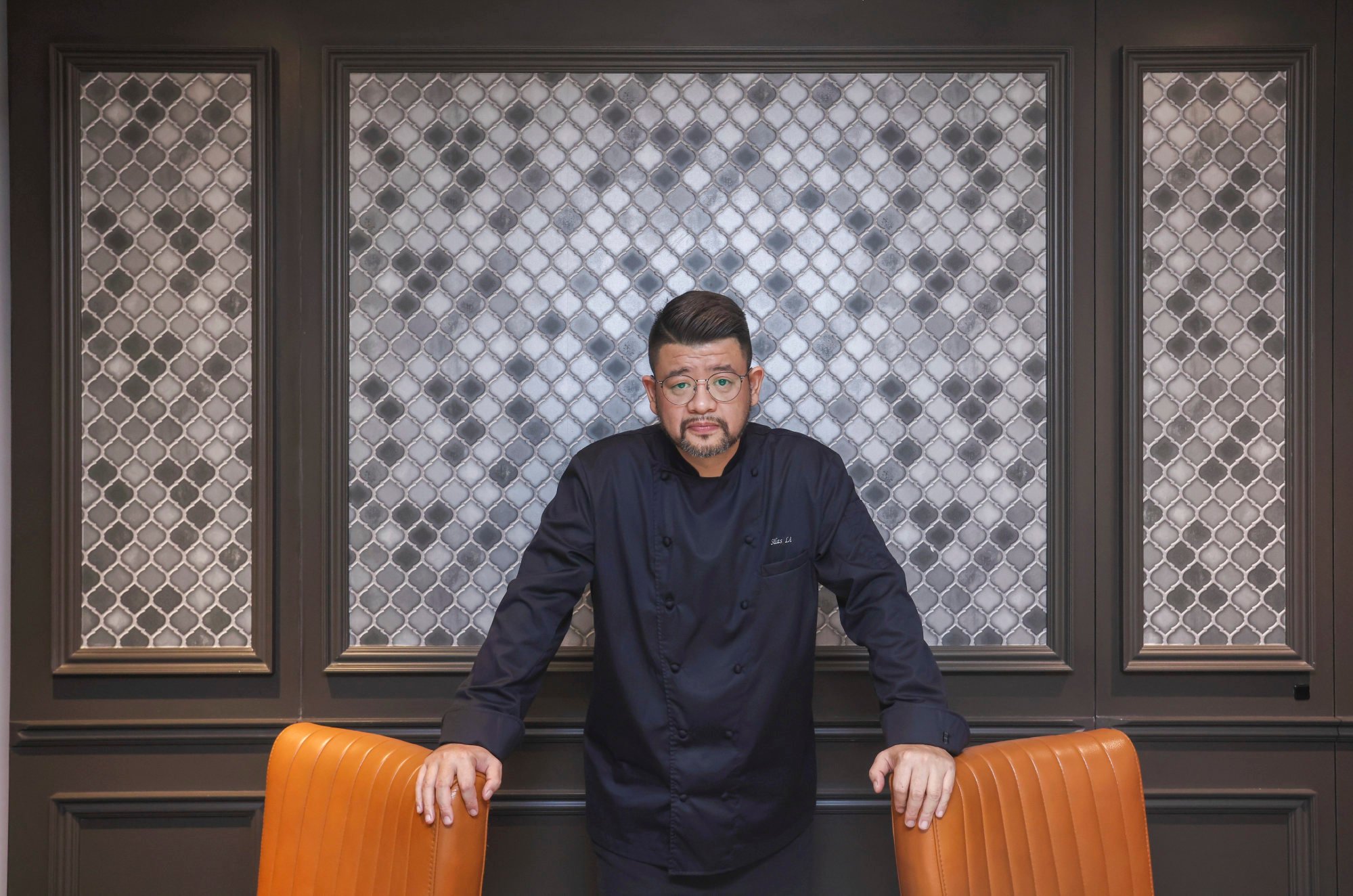
To make the dessert, Li extracts the sweet juice for a kumquat compote, adding it to another batch of fresh kumquats to make a rich sauce before cooling it and folding in the sweet whipped cream, which turns a pale yellow from the kumquat peel.
“With kumquats, we appreciate not only the sweetness, but also the subtle freshness that is often overlooked in fruits,” says Li. “This sensation is not limited to kumquats alone, but they certainly bring excitement to the palates of many.”
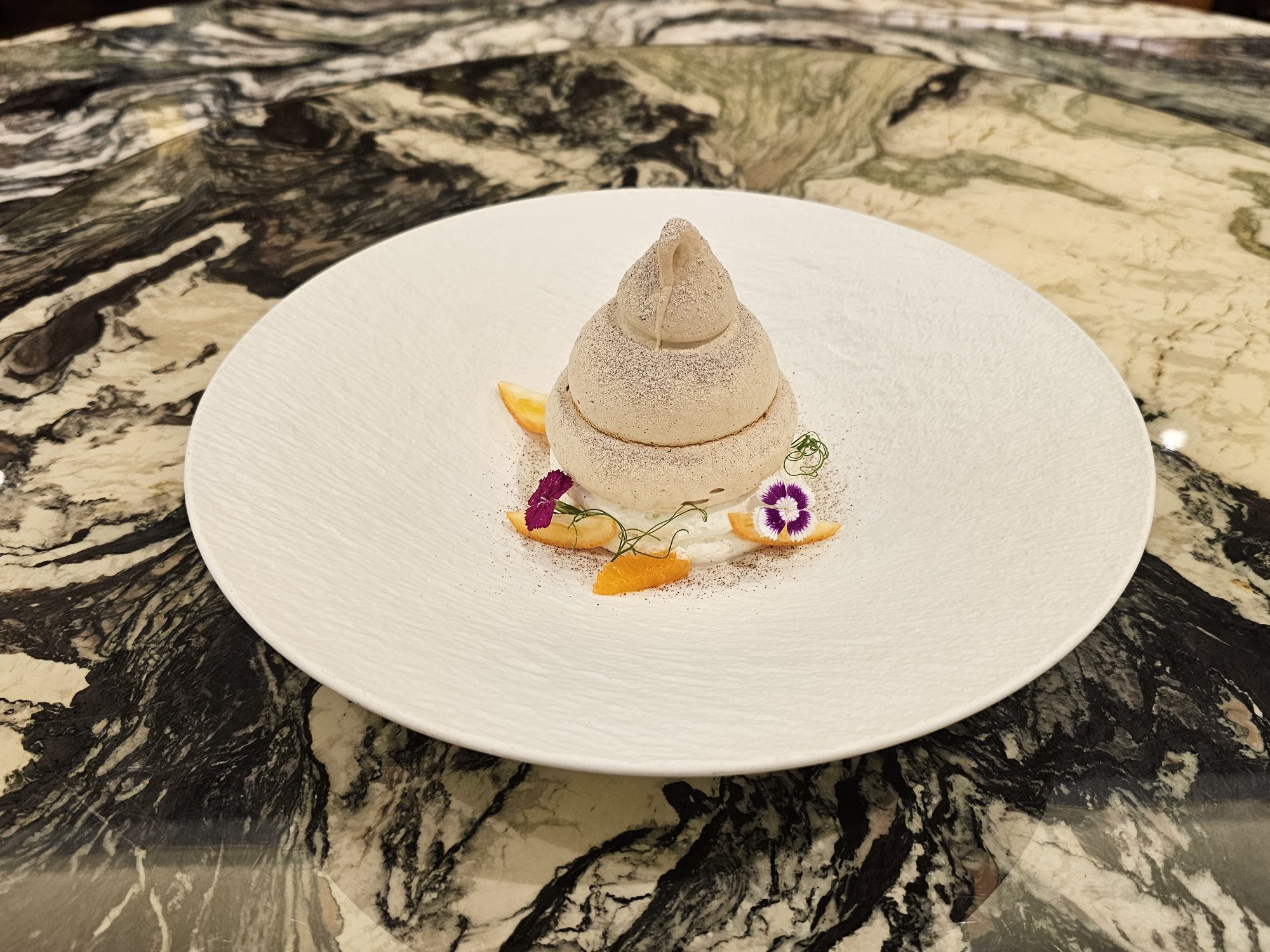
Getting the right temperature and timing to extract the essence of kumquats is a delicate balance, he adds.
“High heat often kills the aroma, so low and slow wins the race,” he says. “At least for kumquats, a softer flame is key.”

